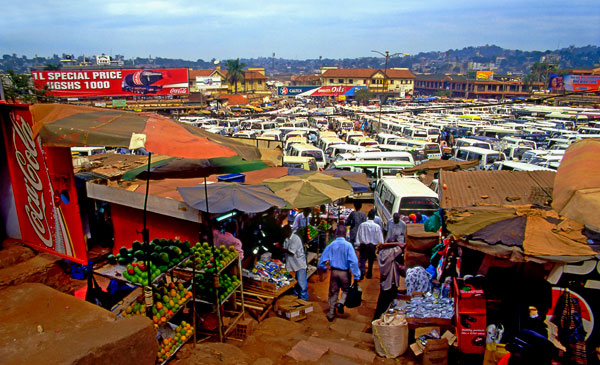Kenya and the other member states of the East African Community are now greatly outperforming the economies of most countries in the sub-Saharan region, the International Monetary Fund said in a recent report.
The economic expansion rate for the region as a whole dropped to 1.4% last year, the IMF found. That was the slowest rate in more than 20 years and below the level needed to keep pace with a burgeoning population growth, AllAfrica reported.
The IMF regional survey presents a generally bleak appraisal that runs counter to the “Africa Rising” narrative that has taken hold in recent years.
A weak recovery of 2.6% growth rate is expected this year, but “the sub-Saharan African economic outlook remains clouded,” the IMF said.
The anticipated uptick will mainly result from one-off factors in a few countries–“a recovery in oil production in Nigeria, higher public spending ahead of the elections in Angola, and the fading of drought effects in South Africa”, the global financial institution predicted.
“The outlook is also clouded by the incidence of drought, pests and security issues,” the report added. It noted that the economy of war-ravaged and hunger-plagued South Sudan, for example, contracted by nearly 14% last year.
The poor overall performance is partly attributed to “a very substantial commodity price shock”. The steep downturn in the global oil market produced negative growth in Nigeria’s economy, the largest in the region.
The IMF also pointed to a failure by commodity-exporting countries to make economic policy adjustments in a timely manner. Their inadequate response “is leading to higher public debt, creating uncertainty, holding back investment and risks generating even deeper difficulties in the future”, the report warned.
The fund offered a much sunnier assessment of the EAC countries–Kenya, Rwanda, Tanzania and Uganda–which are all expected to sustain annual growth rates of 5% or higher. The comparative strength of the EAC members’ economies is due in large measure to public spending and investments in infrastructure, the IMF said.
Lower oil prices, improved tea and horticulture exports, and increased remittance inflows are also benefitting Kenya’s economy, Benedict Clements, the IMF mission chief for Kenya, wrote in an emailed response to follow-up questions posed by The Nation daily.
“The Kenyan economy has continued to perform well, with real GDP growth reaching 5.8% in 2016,” Clements pointed out. “Growth is expected to slow to 5.3% in 2017, reflecting, in part, the slowdown in credit, which has been aggravated by the interest rate caps.”
The IMF report, however, criticized the government’s decision to put a ceiling on lending rates at four percentage points above the central bank rate.


